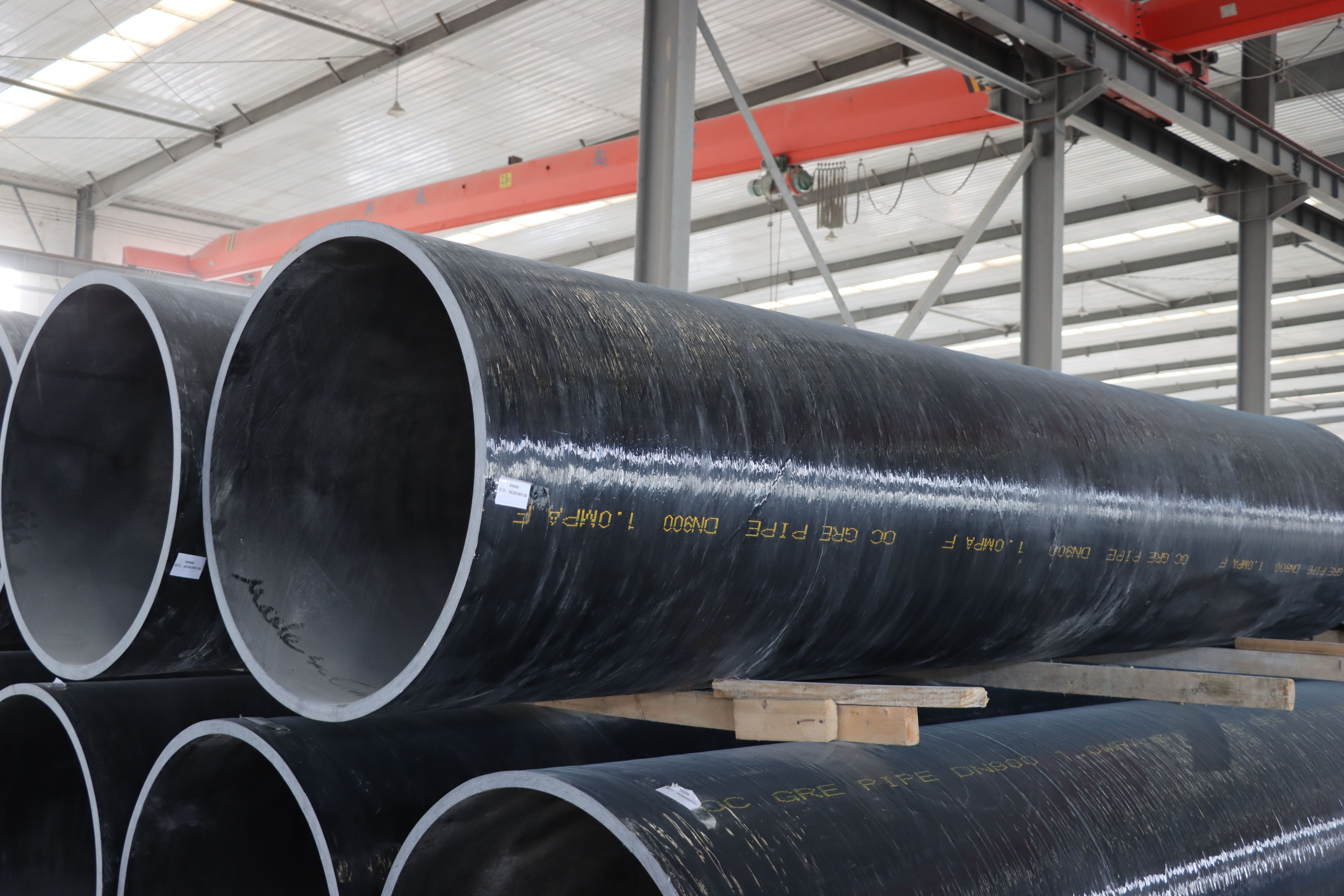
In today’s rapidly evolving global shipping industry, ship manufacturing and operations face multifaceted challenges in efficiency, sustainability, and cost. Traditional metal piping systems, plagued by heavy weight, corrosion susceptibility, and high maintenance costs, have become bottlenecks hindering industry advancement. Enter Glass Reinforced Epoxy (GRE) piping—an innovative material offering disruptive technological advantages that are driving transformative change in maritime engineering.
I. The Lightweight Revolution: Enhanced Efficiency and Energy Savings
A ship’s weight directly impacts fuel efficiency and cargo capacity. With a density just 1/4 that of carbon steel, GRE piping reduces weight by 30–50% compared to traditional metal pipes. For a 100,000-ton bulk carrier, switching to GRE piping can decrease hull weight by approximately 200 tons, saving over $500,000 annually in fuel costs. Additionally, its lightweight design optimizes vessel stability by improving weight distribution.
II. King of Corrosion Resistance: Triple the Lifespan, Drastically Lower Maintenance
Corrosion from seawater, oil, and chemicals has long plagued metal piping systems. GRE piping, with its epoxy resin matrix and glass fiber reinforcement, delivers unmatched durability:
Zero electrochemical corrosion, eliminating rust-induced leaks;
Resistance to extreme pH environments (pH 1–14);
Anti-microbial properties, preventing biofilm buildup and flow restrictions.
Field data confirms GRE piping’s service life exceeds 30 years in ocean-going vessels, with 80% fewer maintenance interventions and over 60% lifecycle cost savings.
III. Smart Engineering: 50% Faster Installation, Optimized Space Utilization
Unlike metal pipes requiring complex welding, GRE piping features standardized flanges and flexible designs, enabling prefabrication and rapid onboard assembly. A case study from a global shipbuilder revealed GRE systems cut installation time by half and labor costs by 40%. Its thin-walled structure also saves 30% of cabin space, offering unparalleled layout flexibility for onboard equipment.
IV. A Sustainable Future: Low-Carbon Solutions for Green Shipping
The International Maritime Organization’s (IMO) stringent carbon regulations are accelerating the industry’s green transition. GRE piping embodies sustainability at every stage:
1/3 the energy consumption of steel pipe production, with 65% lower carbon emissions;
Fully recyclable—end-of-life pipes can be crushed and repurposed;
Zero heavy metal pollution, safeguarding marine ecosystems.
A Norwegian cruise operator: GRE pipes withstood -50°C polar conditions without cracking, slashing annual maintenance costs by 72%;
A Middle Eastern oil tanker giant: Post-retrofit, pipeline leaks dropped to zero, reducing insurance premiums by 35%;
China’s Antarctic research vessel: GRE pipes maintained pristine performance for 10 years under salt spray and ice impact.
Conclusion: Navigating a New Maritime Era
From coastal freighters to deep-sea platforms, GRE piping is redefining industry standards. This innovation transcends material science—it answers the urgent call for efficiency, reliability, and sustainability. Choosing GRE means embracing a vessel that is lighter, stronger, and greener.
Contact us today for customized marine piping solutions—let’s pioneer the future of maritime engineering together!
Please give us a message
产品介绍产品介绍产品介绍产品介绍产品介绍产品介绍产品介绍产品介绍产品介绍产品介绍产品介绍产品介绍产品介绍产品介绍产品介绍产品介绍产品介绍产品介绍产品介绍产品介绍产品介绍产品介绍产品介绍产品介绍产品介绍产品介绍产品介绍产品介绍产品介绍产品介绍
Please give us a message
产品介绍产品介绍产品介绍产品介绍产品介绍产品介绍产品介绍产品介绍产品介绍产品介绍产品介绍产品介绍产品介绍产品介绍产品介绍产品介绍产品介绍产品介绍产品介绍产品介绍产品介绍产品介绍产品介绍产品介绍产品介绍产品介绍产品介绍产品介绍产品介绍产品介绍
Please give us a message
产品介绍产品介绍产品介绍产品介绍产品介绍产品介绍产品介绍产品介绍产品介绍产品介绍产品介绍产品介绍产品介绍产品介绍产品介绍产品介绍产品介绍产品介绍产品介绍产品介绍产品介绍产品介绍产品介绍产品介绍产品介绍产品介绍产品介绍产品介绍产品介绍产品介绍
Please give us a message
产品介绍产品介绍产品介绍产品介绍产品介绍产品介绍产品介绍产品介绍产品介绍产品介绍产品介绍产品介绍产品介绍产品介绍产品介绍产品介绍产品介绍产品介绍产品介绍产品介绍产品介绍产品介绍产品介绍产品介绍产品介绍产品介绍产品介绍产品介绍产品介绍产品介绍
